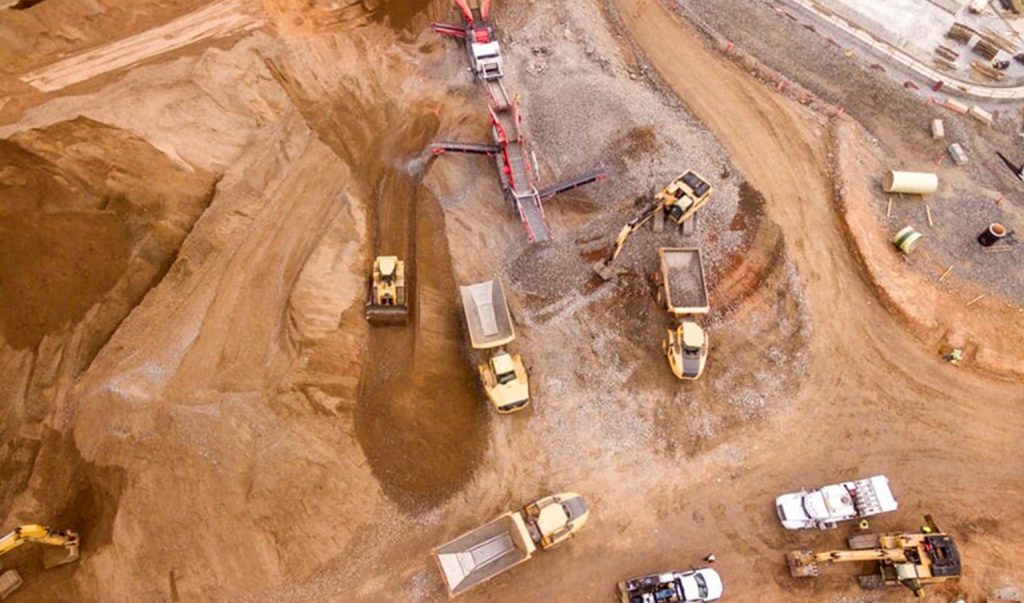Successfully Manage Risk On Your Next Building Project.
The recent string of building company insolvencies along with skyrocketing prices for common building products is sending a shockwave through the building industry in Australia. For many people and businesses who are building or renovating it’s a good wake up call to think about how they are managing risk on their projects.
Construction is a process of managing risk. Some risks you know have a high probability of occurring (like rain or lengthy council approvals), while others you won’t see coming so easily.
If you’re building, refurbishing or renovating your business or your home and want to make sure you’re managing risk on your projects, here are some key points that will save you a huge amount of time, money and stress along the journey.
What you don’t know can hurt you
In almost every new project project you will run into situations you didn’t expect or that “no one saw coming”. When these situations happen, you’ll need a clear plan and solutions to reduce the amount of potential damage they can cause.
I call these events ‘unknown unknowns’; they’re things which you didn’t know were going to happen, and that you don’t know how to solve right away.
The unknown unknowns can have massive impacts on a project and it’s for that reason they are typically the domain and responsibility of an experienced project manager. They are the type of situations we identify and manage for clients every day, and they are how we save our clients huge amounts of time, money and stress on their projects.
Have a plan for managing risk from the beginning
Think of these situations like having firefighters ready when there’s a potentially devastating bush fire approaching a home.
The owner can do their best to fight it off with a garden hose, or call in the experts who do it all the time. Better yet, why not have some containment measures and hazard reduction processes in place years before the fire even starts!
Here are a few common unknown unknowns and how an experienced project manager can help you resolve them.
1. Site risks: what’s on your site?
If you don’t know what’s on or underneath your site you’re leaving yourself open to huge risks.
Unknowns like soil contamination, existing services, heritage & culturally significant items, even the water table or unexpected bedrock can all lay dormant on your site waiting to be found. And when they are, the project needs to change.
These are items that need to be ‘de-risked’ from the project before any works start. I’ve seen plenty of projects that have been put on hold for months or even years because no one knew they were even a possibility.
It’s important to find these risks and put a plan in place early, and then tie this plan into a contract before any construction commences, so that if something unknown does happen, everyone knows how to move forward and address it.
2. Contractor selection risk: who’s the right builder for the job?
Finding the right builder for your job can make or break the project.
One of the most common mistakes I see people make when they decide to build is that they focus on the lowest priced quote above everything else.
It’s a recipe for disaster.
When you choose a builder for your project you firstly want to make 100% sure that they are qualified & insured to build, next you want to know that they can do what they are saying they can; that they have a recent track record of doing it well with a couple of solid project references. It’s also great to know that they are financially able to complete the building if things do go wrong.
If they are completing similar projects right now close to your project that’s great too, ask if you can go and inspect their site to get a feel for the quality of their work as well as the way their teams and subcontractors work.
The last thing you want is a builder who promises you the world but under-delivers when the construction starts.
If you’re getting quotes from builders who can tick these boxes you know you’re in good hands. Focus on nailing the price second.
3. Regulations and approval risk: what can and can’t be built?
When you start a construction project, there are a large amount of legal and regulatory rules that will apply to your project.
Every job is unique, and knowing these rules and how they may impact your project can potentially save you massively in time and costs.
For example, there are some building and development types that can be fast-tracked or started without the need to wait for a lengthy sign-off process from a council or government department at all.
Getting an early start on your project can potentially save you months, even years on the overall timeline, but you have to know what you can and can’t do first.
Having the right consultant team who know the planning and building regulations can save you from having to jump through unnecessary and costly hoops while still achieving the same project outcome.
4. Functionality: What do you really need?
When you finish your project, you want to move in and start using the space knowing that it achieves everything you wanted it to when you first started on the journey.
There’s nothing worse than a wasted space or a design that doesn’t quite fit the function of the project.
Does it need gold plated door handles, marble benchtops and slate roof tiles imported from Europe? How about the amount of storage space, bathrooms, natural light and building services in the design? Are there other options and ideas available that will achieve exactly what is really need?
In any project these questions are worth exploring because you want to make sure that functionality, cost and time are all in a state of balance. If the scales are tipped in one direction, the other areas will pay the price.
Balancing this equation takes experience and a good understanding of what you really want to achieve. The final product should be something you know 100% is going to give you a solid return on your investment for many years to come.
5. Timeline risk: How long will this take?
The last unknown unknown many people find when starting a new construction project is how long will it take to build?
Only 30% of projects are handed over on time and meet their original completion date.
It takes optimism to build, but sometimes over-optimism in the planning stage instead of a realistic balanced view can end up in timelines that simply aren’t achievable.
It’s important to test assumptions, get feedback from the market and understand how the risks that are critical for the project could play out.
Simply picking a date in the future is like throwing a dart at a dartboard while blindfolded and hoping it hits. A good project manager can give you a clear vision and direction based in real world evidence so you hit the bullseye when it comes time to deliver.
Find the right people who know how to manage your risks
I hope this short list of common risks on construction projects gives you some valuable insight to think about when managing risk on your next construction project.
If you’re contemplating building or expanding, reach out as early as possible to an experienced project manager who can help you create the right strategy and deliver your vision.
Better yet, why not contact us today for a free strategy session and start putting a plan in place now.



